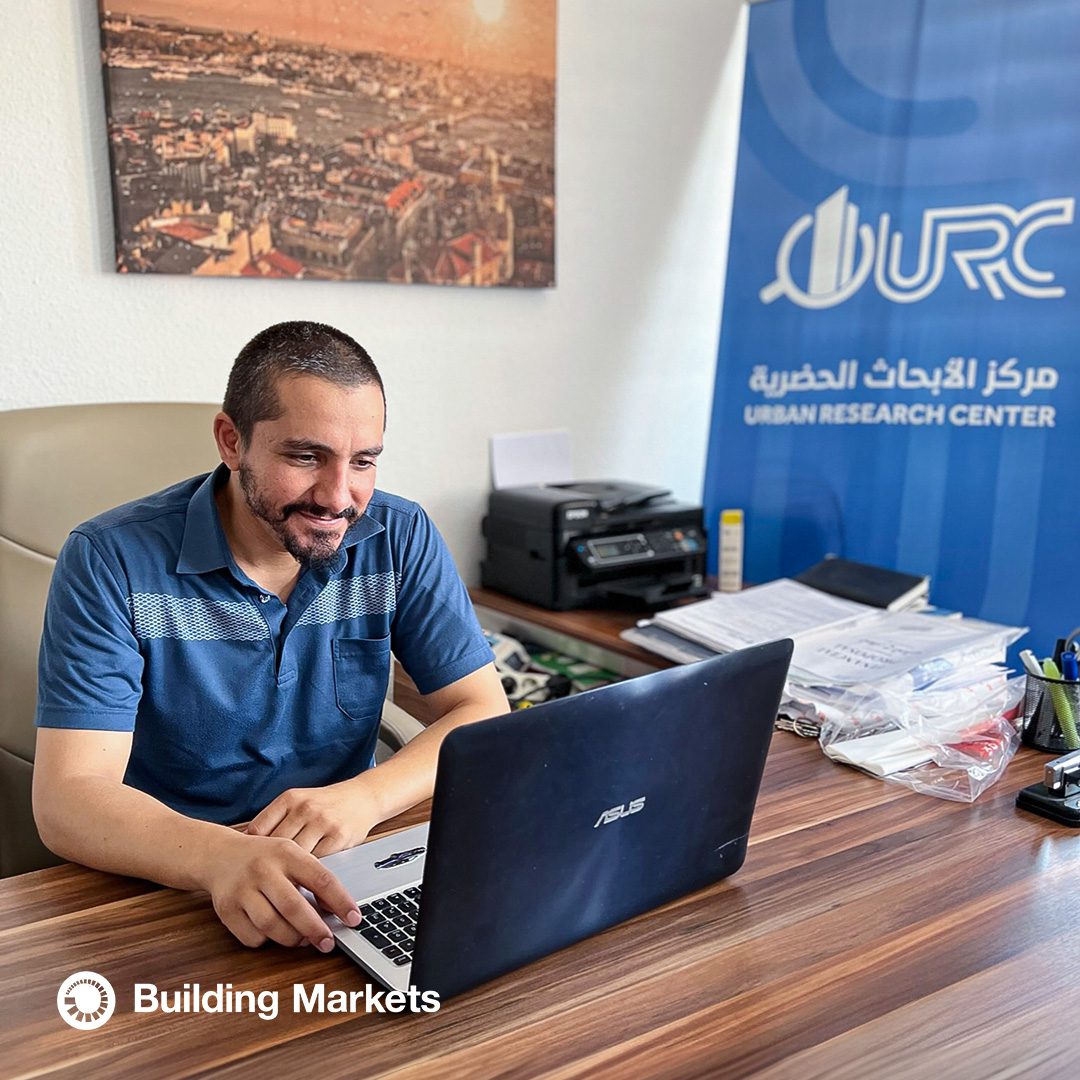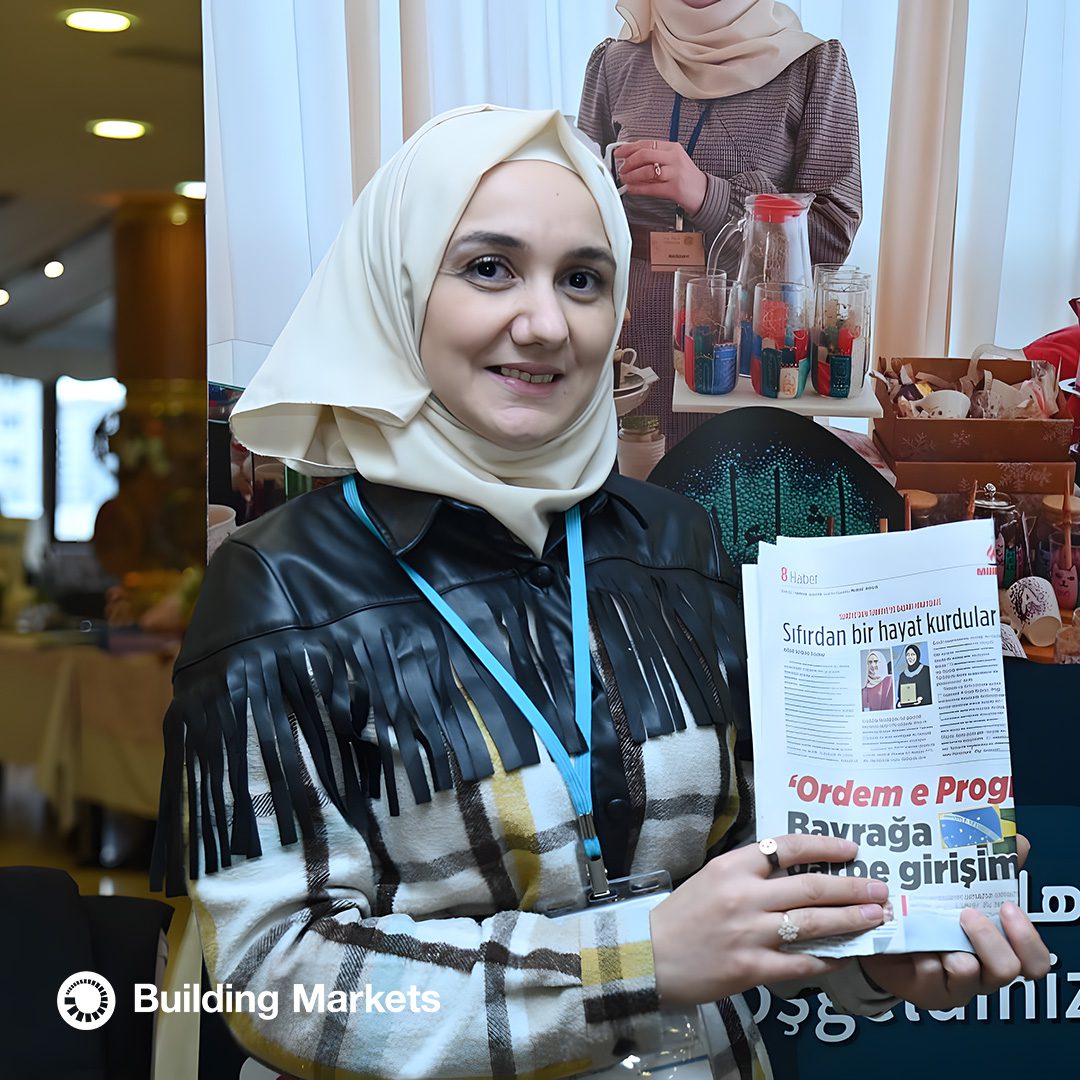In our last strategy blog post, I shared why we have committed to building inclusive economies for small businesses. In short, it is impossible to significantly drive positive environmental or social change without engaging small business leaders, who make up the majority of the firm leaders in most countries worldwide. Lifting them from economic vulnerability also reduces their risk of falling into poverty. By leveraging existing public and private capital flows from procurement and supply chain investments – trillions of dollars that are already being spent – we can maximize social, economic, and environmental benefits. Bringing about this kind of impact at scale requires an ecosystem approach where we focus on increasing small business capabilities, fostering buyer trust in small businesses, and building a stronger policy environment for inclusion.
In this blog post, I want to dive into how we plan to achieve impact at scale. Our global strategy sets a series of goals as a guide for the level of acceleration/impact we plan to achieve, both for the team internally, as well as with our board and partners. Over the next five years, we have committed to generating $400million in revenue for small businesses from marginalized communities. This is based on a historical track record of facilitating the same contract value in the past ten years, so doubling the pace at which we aim to help businesses grow their revenue. We have also committed to creating a 1:10 leverage, so that for every dollar invested in our programs, it generates ten dollars of revenue for small businesses in our network. This is an improvement on the 1:8 ratio that we have held for the past ten years and I believe is critical to ensuring that we are not only delivering impact, but also optimizing use of financial resources.
Achieving these goals requires us to refine our existing programming for greater efficiency and scale. For Building Markets to do this, we will focus on four areas of refinement:
1. We will enhance our digital services into an integrated platform allowing online marketplace through which we connect buyers and potential suppliers, both in the countries where we have a physical presence and elsewhere.
2. We will refine our small business data and customize it for buyers, governments, researchers, and small businesses themselves.
3. We will develop market access training and mentoring focused on both business-to-business (B2B), and business-to-customer (B2C) channels.
4. We will develop a channel for small businesses to access critical working capital funds.
While the first three are at the core of nearly twenty years of our work, we have not previously focused on lending to small businesses in our network. We are introducing this component as we recognize the $2.1 – $2.6 trillion (World Bank, 2017) credit gap that exists for small businesses. We know from our own experience that more than 50% of the 3,000 refugee-owned small businesses in our network are looking for working capital, with a median loan size of just $22,000. This is a critical constraint for small business leaders, particularly from marginalized communities, pursuing new opportunities – one that is under-served by existing financial institutions. In the coming months, I will share more about our entry into working capital lending.
But beyond our programs, we will also need to shift how we work as an organization to deliver impact at scale. Scaled impact requires an ability to reach businesses at scale and in a sustainable manner. We will prioritize building long-term partnerships with ecosystem actors such as government partners, civil society and the private sector to leverage their ability to reach larger numbers of small businesses. For instance, in Colombia, we will build off the partnership we have established with public institutions at the governorate, mayoral and municipal levels to co-design and implement initiatives that further their policy goals while drawing on Building Markets’ core expertise.
Second, we will use market-based approaches to expansion, leveraging both philanthropic and private capital. Small business support can be a tough sell to philanthropists who are often focused on serving the extreme poor, and may overlook the economically vulnerable. At the same time, there is an opportunity for private capital to play a larger role in addressing failures that exist within markets. To ensure that we are able to achieve impact and leverage, we will mobilize philanthropic funds to ensure that marginalized populations are reached and environmental and gender goals reached, but utilize private capital to address the gaps in credit, information, and networks that are leaving small businesses out of more lucrative opportunities.
Lastly, we will invest in learning. We are acutely aware that we are trying to approach a number of programmatic and operational problems in new ways. We have a number of assumptions and hypotheses about both what the impact of our programming will be, and what the best ways to deliver programs might be, but these all need to be tested. So while we are clear-eyed about our vision and goals, we are excited to test and learn about the best ways of achieving those goals.
We’ll share more on our learning agenda in our next explainer blog post and look forward to discussing it further with you. If you have questions or partnership inquiries, please reach out to [email protected].





